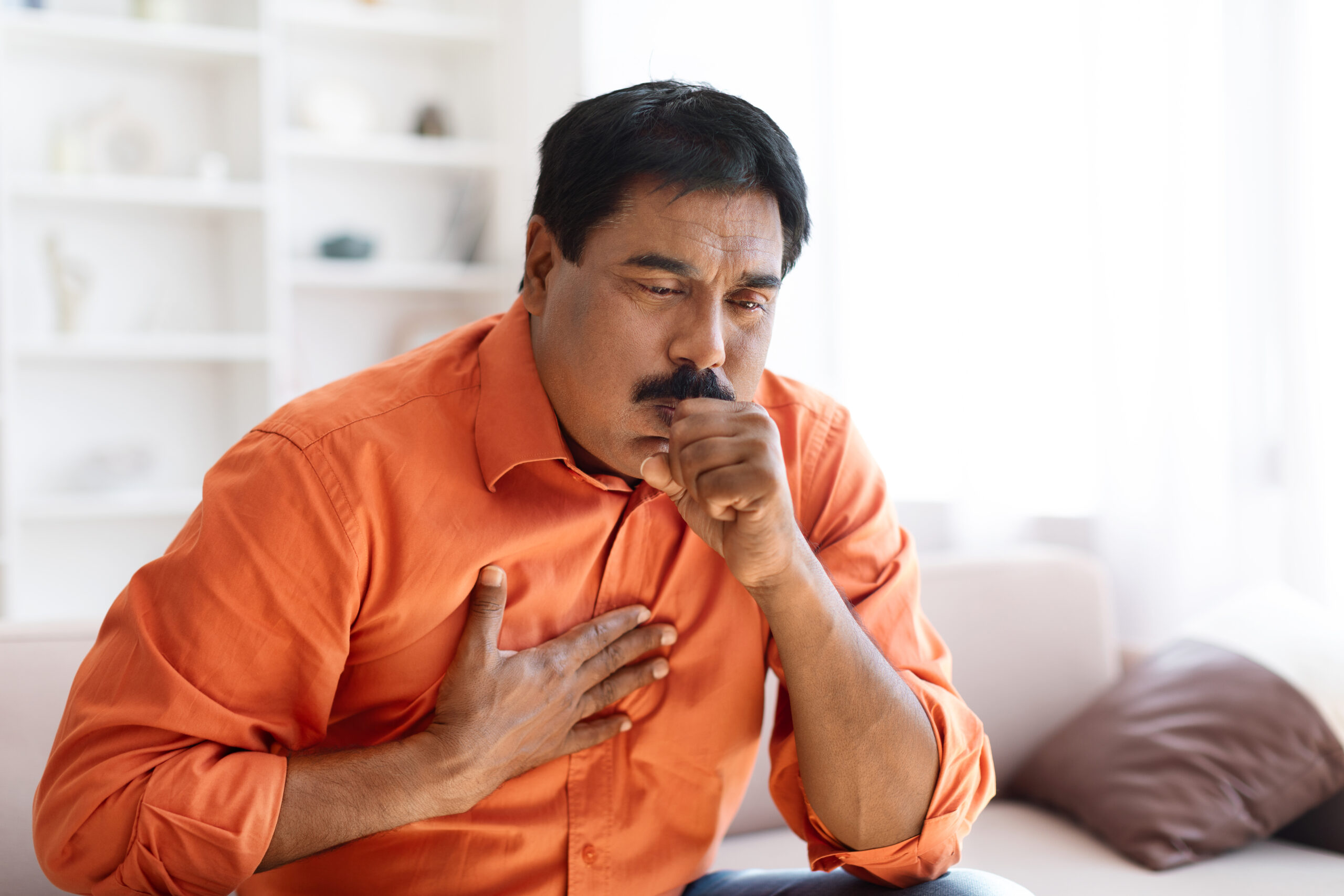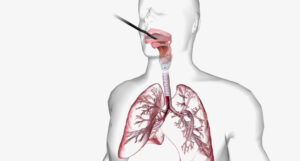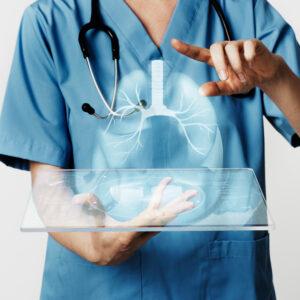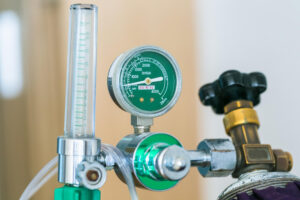Pulmonary hypertension is a serious lung condition. It happens when the blood pressure in the arteries of your lungs becomes too high. This makes it harder for your heart to pump blood through your lungs. As a result, you may feel tired or short of breath. In this blog, we will explain what pulmonary hypertension is, the main causes, and the signs of pulmonary hypertension. We will also cover common pulmonary hypertension symptoms and when to see a doctor.
What Is Pulmonary Hypertension?
Pulmonary hypertension means high blood pressure in the arteries of the lungs. These arteries carry blood from your heart to your lungs. Normally, blood flows easily through them. However, when the pressure rises, your heart must work harder. Over time, this can weaken your heart. It can also cause other health problems. Unlike regular high blood pressure, pulmonary hypertension affects only the lungs and the right side of the heart. Because of this, it is important to know the difference.
Causes of Pulmonary Hypertension
There are many causes of pulmonary hypertension. Sometimes, doctors cannot find a clear reason. But often, it is linked to other health problems. Here are some common causes:
Symptoms of Pulmonary Hypertension
Symptoms of pulmonary hypertension can be mild at first. However, they often get worse over time. Here are some common signs of pulmonary hypertension:
Because these symptoms can look like other problems, it is important to pay attention to changes in your health.
When to See a Doctor
If you notice any of the symptoms above, you should talk to a doctor. Especially if you feel short of breath or faint often, do not wait. Early treatment can help manage the condition. If you have a family history of pulmonary hypertension or related heart and lung diseases, let your doctor know. Sometimes, symptoms can be mild at first. But they may get worse quickly. Therefore, it is better to seek advice early.
Reliable Sources and Further Reading
For more information about pulmonary hypertension, you can visit these trusted sources:
Conclusion
Pulmonary hypertension is a serious condition that affects the lungs and heart. It can cause symptoms like shortness of breath, tiredness, and swelling. Because early signs can be mild, it is important to watch for changes in your health. If you notice any symptoms, consult a pulmonologist for personalized guidance.






